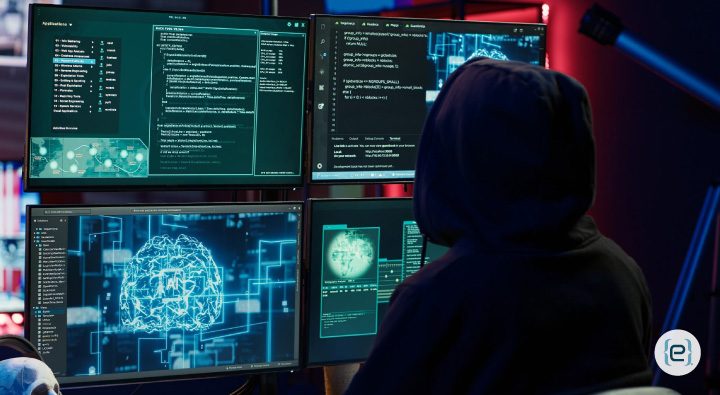Why Cyber Threat Attribution Matters to Your Organization
Understanding who is behind a cyberattack is not just a technical challenge—it’s a cornerstone of your cybersecurity strategy. Cyber threat attribution empowers your organization to identify and track the individuals, groups, or nation-states responsible for malicious actions. This process is crucial for accountability, deterring future attacks, and shaping robust defenses.
- Accountability and Justice: Pinpointing attackers—whether lone hackers, criminal syndicates, or state-backed groups—enables you to pursue legal or diplomatic responses. Knowing your adversary is the first step toward meaningful action.
- Deterrence: When attackers realize they can be traced, they’re less likely to target your business. Publicly attributing attacks sends a clear message: your organization is vigilant, and malicious deeds will not go unnoticed.
- Enhanced Cybersecurity: By familiarizing yourself with the tactics, techniques, and procedures (TTPs) of cybercriminals, you can proactively defend against specific threat vectors.
- Geopolitical Strategy: For governments and multinational enterprises, attribution informs both diplomatic and military responses to cyberattacks—an increasingly vital consideration in today’s tense geopolitical climate.
How Cyber Threat Attribution Works: Methodologies and Techniques
Attributing cyber threats is a multifaceted process that combines technical analysis, behavioral insights, and contextual intelligence. Here’s how eMazzanti approaches the challenge:
- Technical Analysis:
- IP Tracing: Even when attackers use proxy servers or VPNs, IP analysis can yield valuable clues.
- Malware Analysis: Examining code structure and functionality uncovers unique “fingerprints” tied to known threat actors.
- Network Traffic Monitoring: Analyzing communications with command-and-control (C2) servers helps link activity to established groups. Learn more about threat hunting to proactively identify these patterns.
- Behavioral Analysis:
- TTP Comparison: Matching an attacker’s methods with historical incidents can reveal their identity.
- Language and Cultural Cues: Code comments and communication channels may hint at geographic or cultural origins.
- Contextual and Threat Intelligence:
- National Security Context: Timing and targets often align with a nation-state’s strategic interests.
- Open-Source Intelligence (OSINT): Public information, such as social media or forums, provides additional leads.
- Threat Actor Profiles: Databases of known adversaries help match new threats with familiar patterns. Explore how AI for cybersecurity enhances this process.

Real-World Examples: Lessons from Notorious Cyber Attacks
Some of the most high-profile cyber incidents underscore the importance of attribution:
- Sony Pictures Hack (2014): North Korea was identified as the perpetrator, thanks to TTP analysis and geopolitical context. This attack was widely seen as retaliation for the release of “The Interview.”
- SolarWinds Breach (2020): Attribution linked this sophisticated supply chain attack to Russia’s APT29. Investigators relied on malware signatures and attack patterns.
- WannaCry Ransomware (2017): The Lazarus Group, a North Korean outfit, was blamed due to reuse of tools seen in earlier attacks.
Each case illustrates how combining technical, behavioral, and contextual clues can reveal the true source of a cyberattack.
The Future of Cyber Threat Attribution: Technology and Collaboration
As cyberattacks grow in sophistication, attribution methodologies are evolving:
- AI and Machine Learning: Advanced algorithms can sift through massive datasets to identify patterns and predict attribution with greater accuracy. Discover how AI strengthens cybersecurity for your business.
- Collaborative Platforms: International threat intelligence sharing fosters cooperation between governments, businesses, and cybersecurity experts.
- Blockchain Forensics: As cryptocurrency crimes rise, blockchain analysis helps trace illicit transactions to their source.
- Improved Legal Frameworks: Stronger international agreements streamline cross-border investigations and prosecutions.
Why Your Business Needs a Robust Attribution Strategy
Cyber threat attribution is not just an academic exercise—it’s a vital component of your security posture. By investing in advanced attribution capabilities and partnering with experienced cybersecurity professionals, you can:
- Reduce your risk of repeat attacks
- Respond quickly and decisively to incidents
- Comply with regulatory and legal requirements
- Protect your reputation and customer trust
Ready to strengthen your defenses and unmask cyber threats before they strike? Contact eMazzanti today to discover how we can help you build a proactive, intelligence-driven cybersecurity strategy for your organization.







